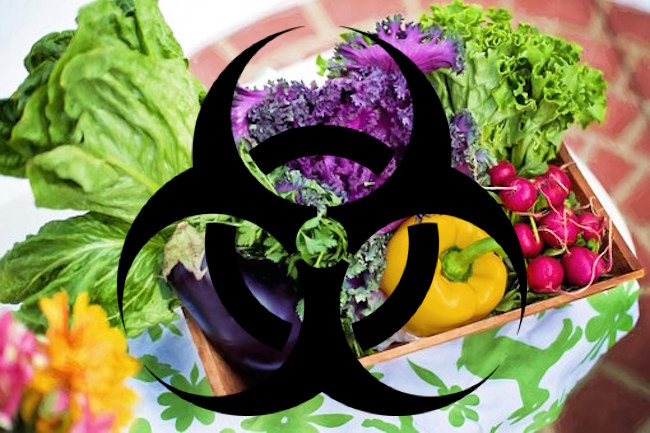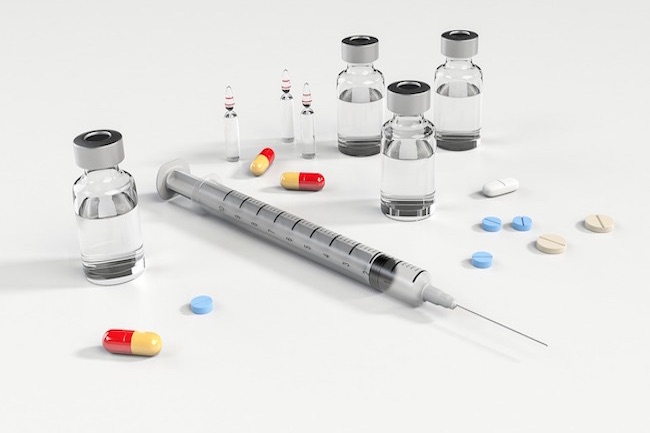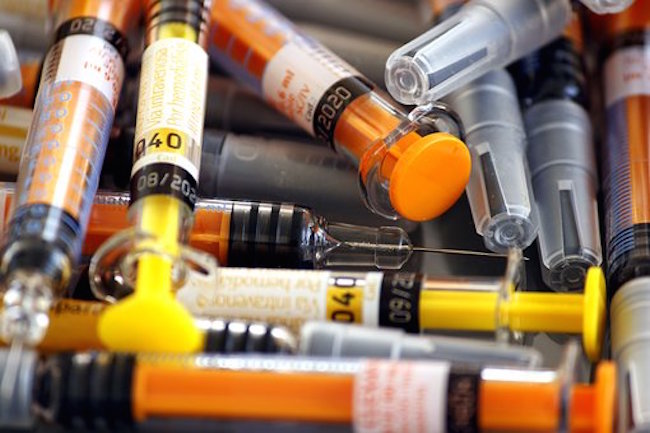Research into aluminum toxicity KILLED because it exposed the dangers of childhood vaccines By Ethan Huff for Ingredients
Many, if not most, major scientific institutions have been captured by private interests pushing a special interest agenda, including vaccine research and the study of vaccine adjuvants such as aluminum.
Prof. Christopher Exley conducted extensive research in aluminum’s toxicity at Keele University in the United Kingdom, only to have his research funding stripped at the behest of the vaccine industry.
It turns out that Exley was revealing too much about how aluminum, which is contained in many childhood vaccines, causes serious health conditions like Alzheimer’s disease and autism. (Related: The CDC has also confirmedthat aluminum in vaccines causes both asthma and autism in children.)
As far back as the early 1980s, Exley was digging into why fish were dying in increasing numbers in lakes and water ways. It turns out that aluminum toxicity was to blame.
Today, many more things contain aluminum, including not just vaccines but also non-stick cookware, cosmetics, antiperspirant deodorants, and even infant formulas. In each of these uses, aluminum is highly toxic to those exposed.
Many childhood vaccines contain far more aluminum than what’s indicated on the label
We know that Exley published more than 200 scientific papers throughout his tenure. He and a team of scientists confirmed in 2017 what they described as an “unequivocal” connection between aluminum toxicity and dementia.
“Without aluminum, there would be no Alzheimer’s,” Exley wrote in his book Imagine you are an Aluminum Atom.
A few years later in 2020, Exley and that same group of scientists published a seminal paper comparing aluminum content in the brains of people with Alzheimer’s, multiple sclerosis (MS), and autism to that of people without those conditions. His findings, which were published in the journal Nature’s Scientific Reports, were highly concerning.
In short, people diagnosed with the aforementioned health conditions were found to have elevated levels of aluminum in their brains.
After that, in 2021, Exley et al. looked at aluminum adjuvants in 13 different infant injections and compared what they found to manufacturer data. Six out of the 13 had aluminum content significantly greater than what was indicated on the label.
At the time, Exley and his colleagues were the only group left in Great Britain that was studying the impacts of toxic exposure to aluminum. Now, there is nobody left doing this because all funding has conveniently and predictably dried up.
It started in the 1990s when the aluminum industry really started to push back against aluminum toxicity research, which even just 20 years ago was happening all over the place. Today, it is just a remnant of history.
“Hence, group by group moved their attention from aluminium to other areas where funding was available,” Exley says (aluminium is an alternate spelling for aluminum in proper English).
“I have said this many times but I did not become a scientist for science’s sake. I took up science to solve the paradox of aluminium and human life. I was undeterred and worked harder and harder to win research funding from as wide a funding base as possible. I doubt that any scientist has worked as hard as I did in keeping research funding coming to my lab.”
Since the time that Exley and other researchers were cut off from funding into aluminum toxicity, rates of autism and Alzheimer’s have only continued to skyrocket. These two diseases are so prevalent today that they have become household names, whereas in decades past they were exceptionally rare.
Even so, Exley has now been dubbed an “anti-vaxxer” for his decades of research, which is the usual label thrown at anyone who dares to question the safety or effectiveness of the chemicals found in vaccine vials.




